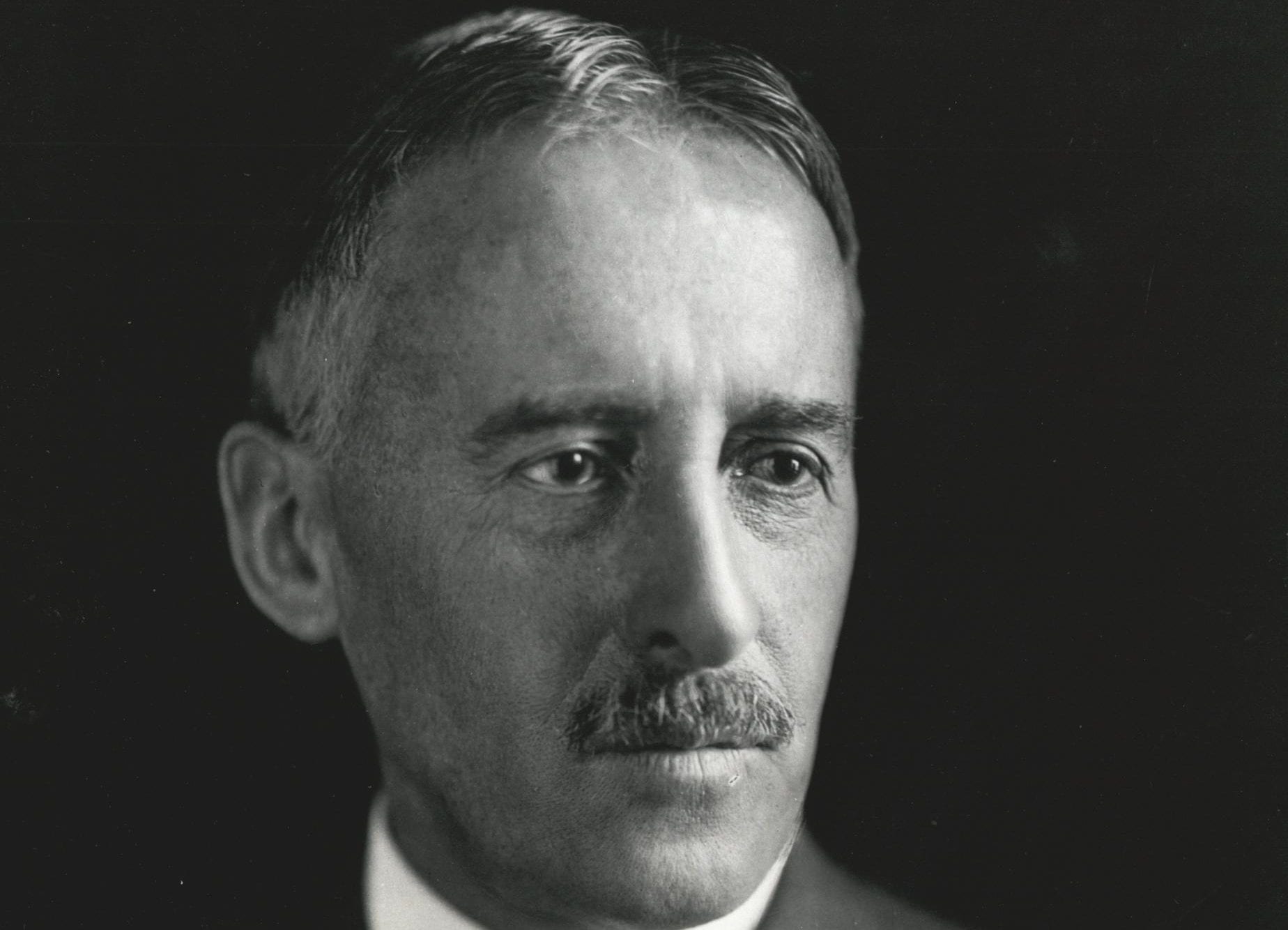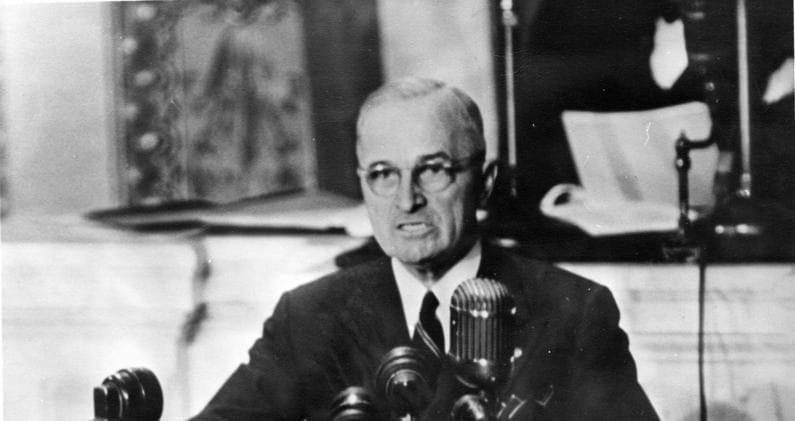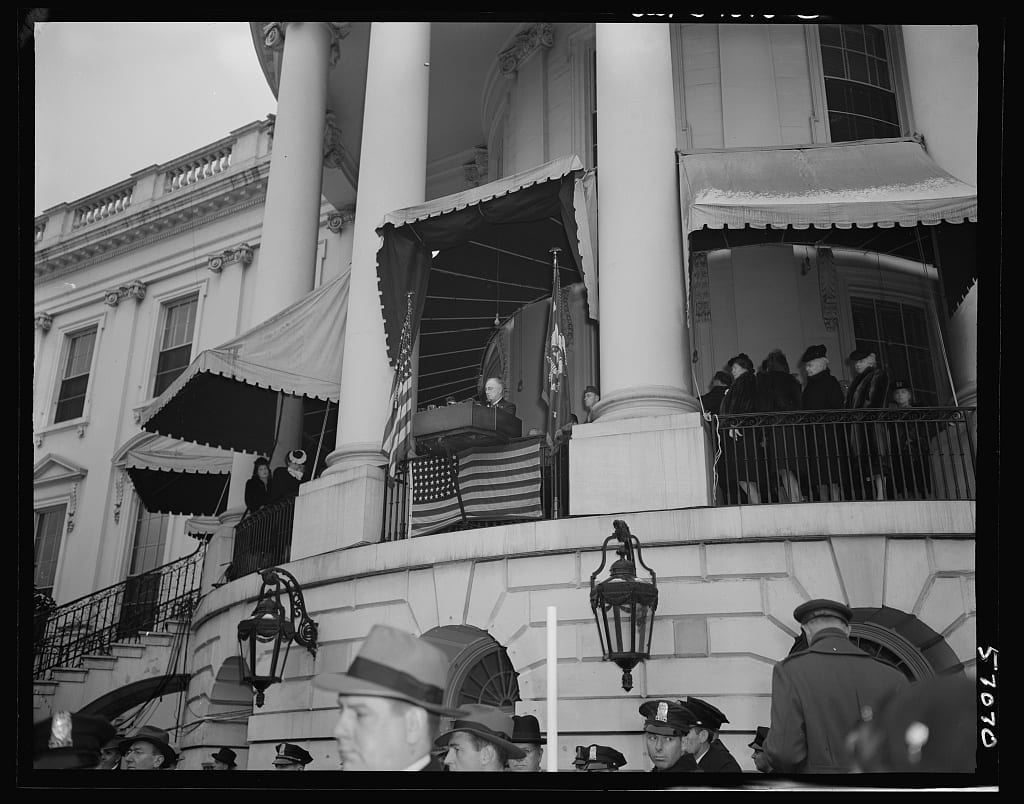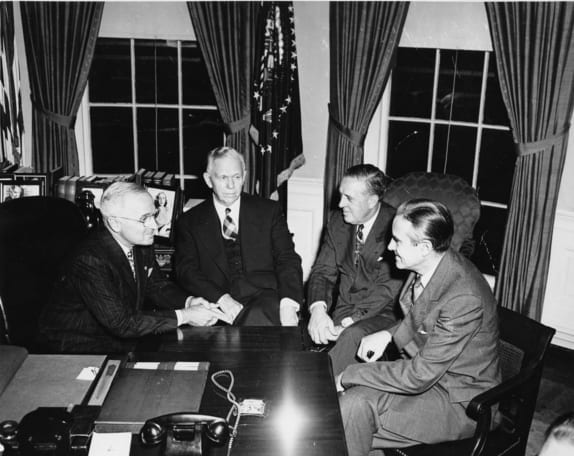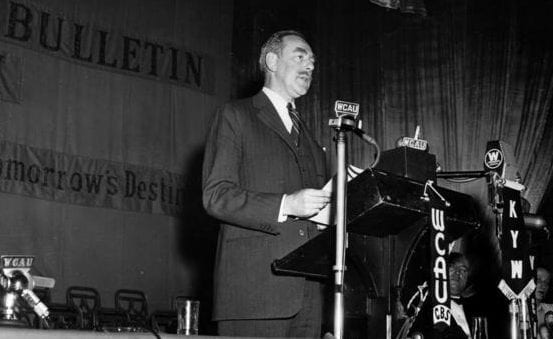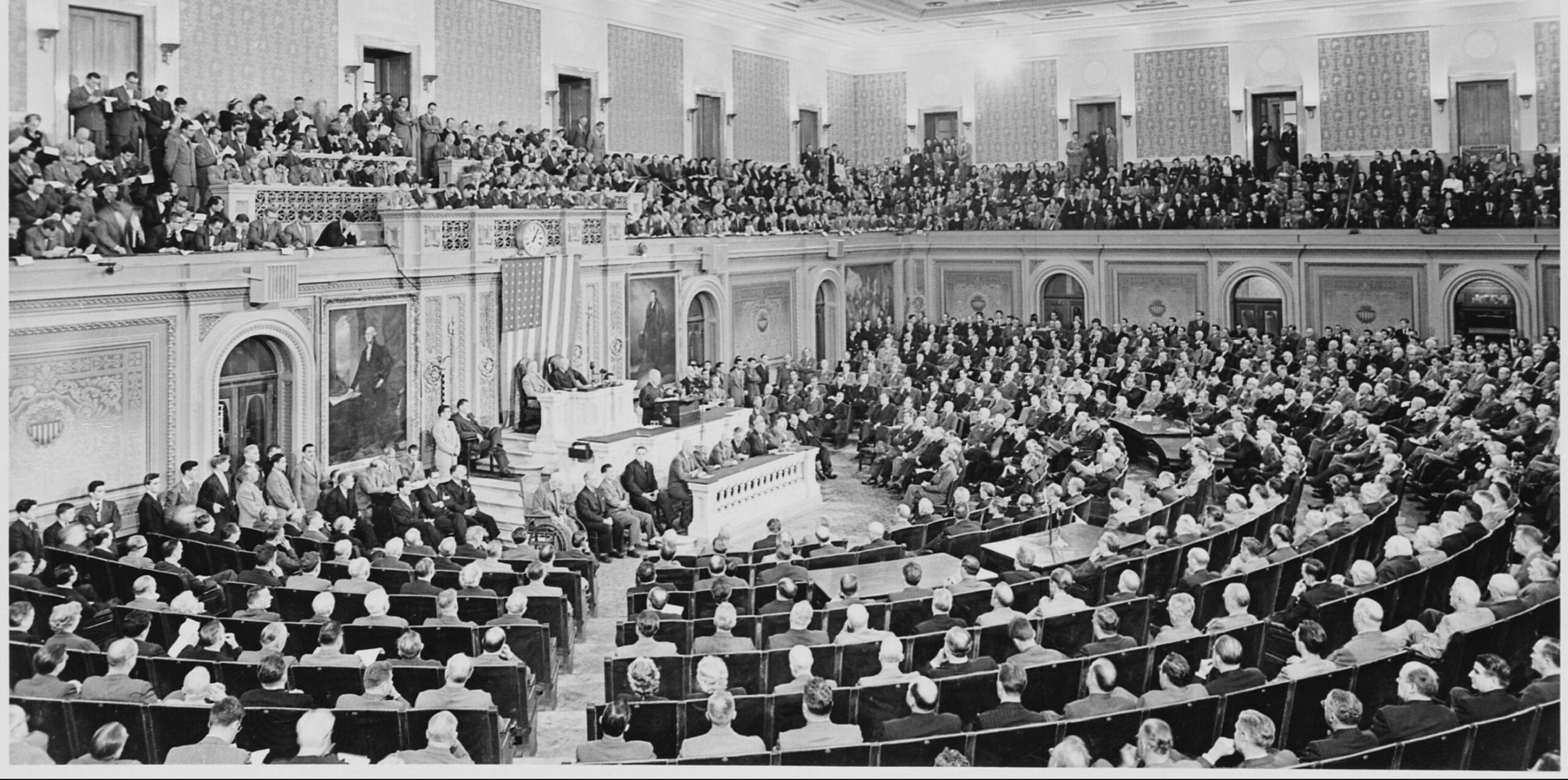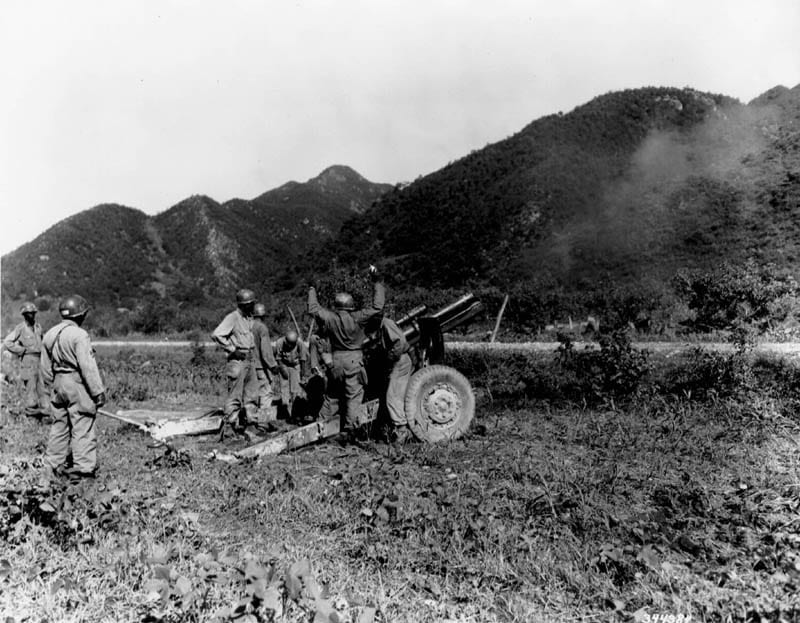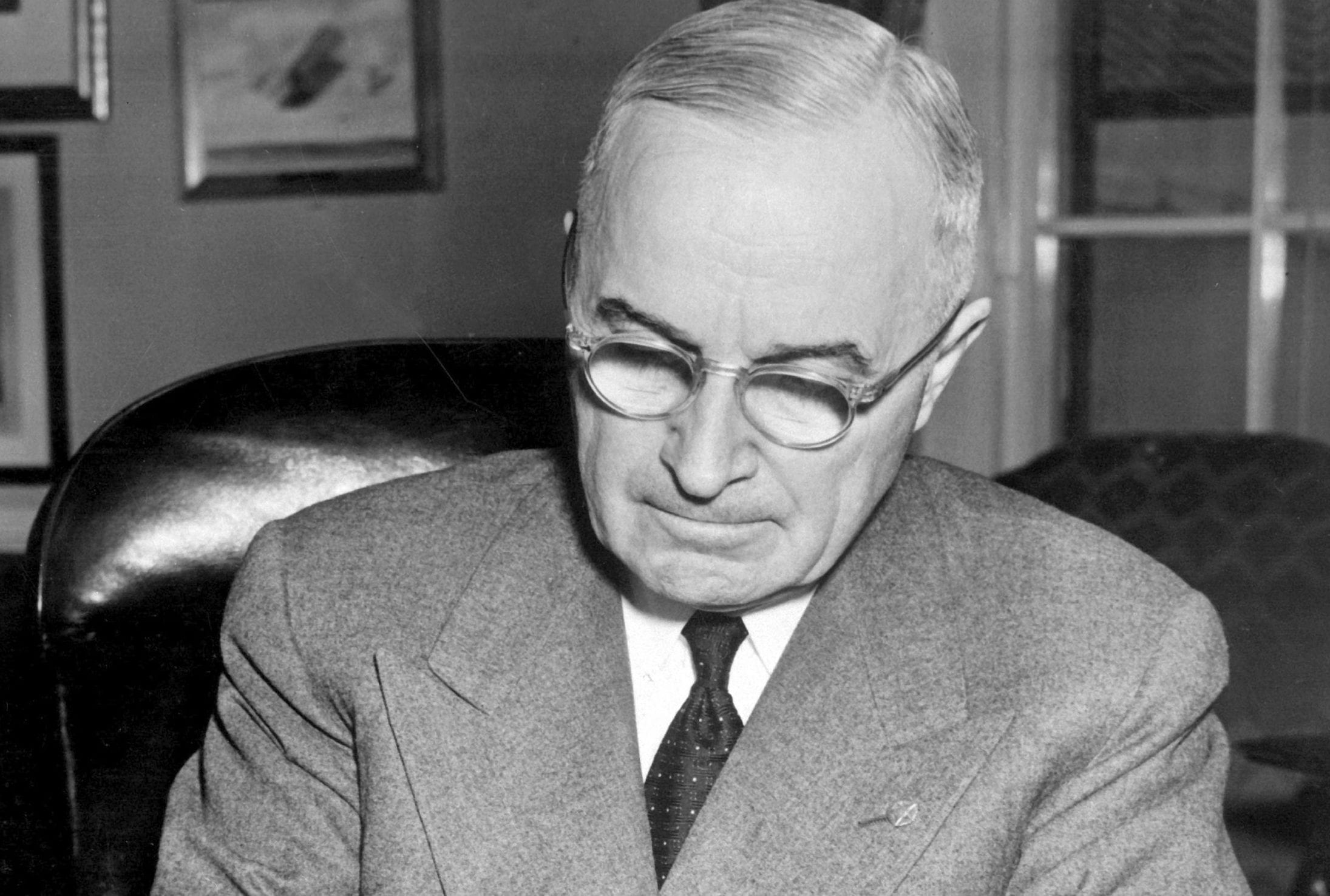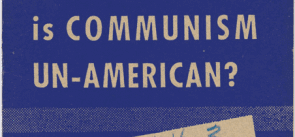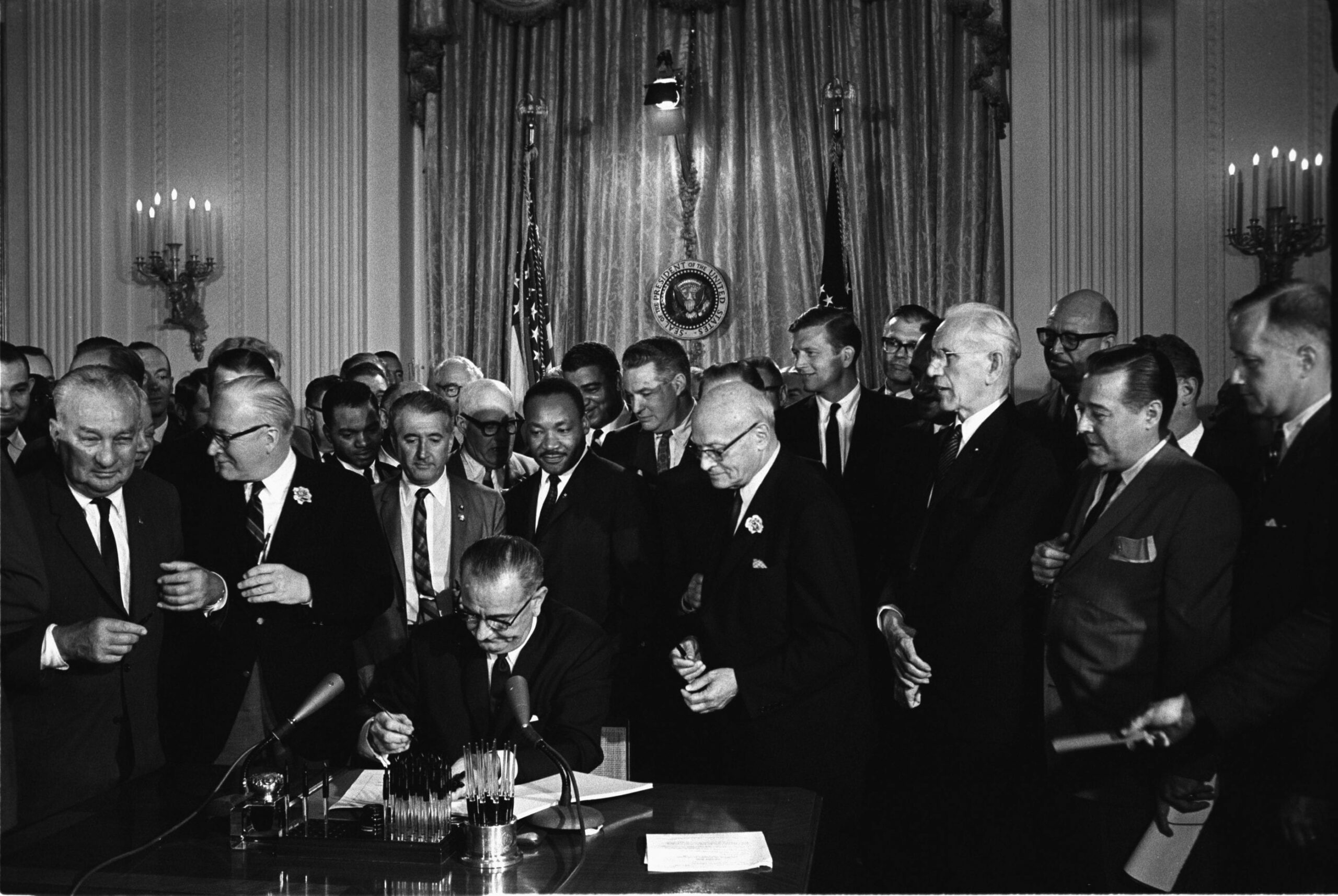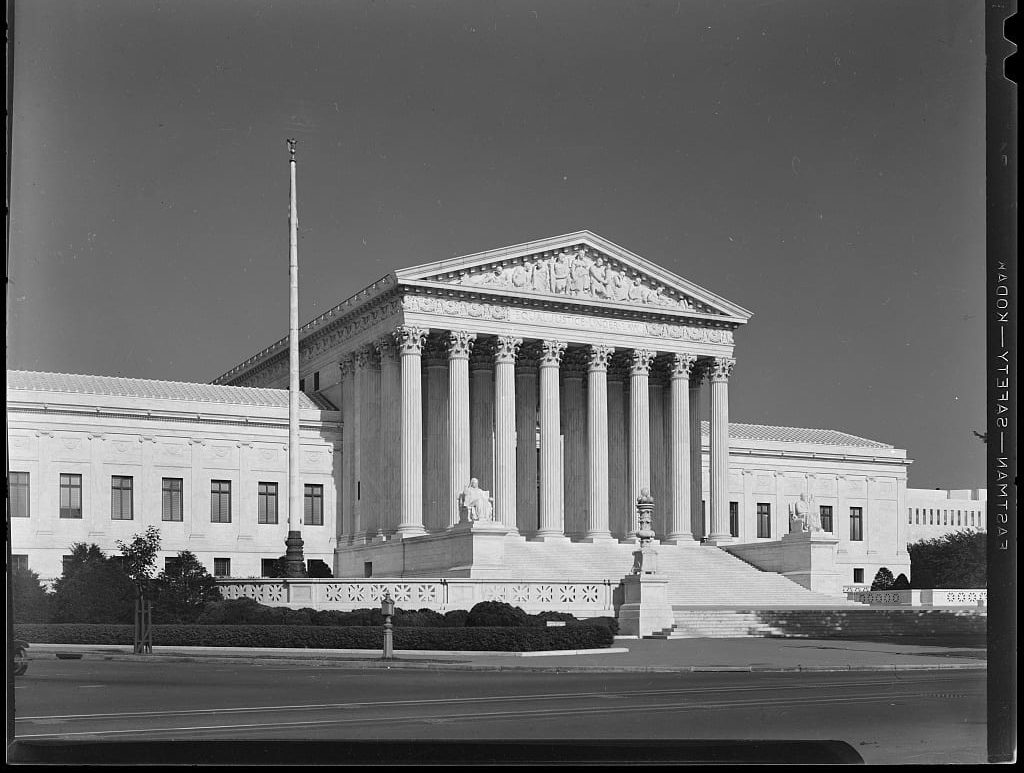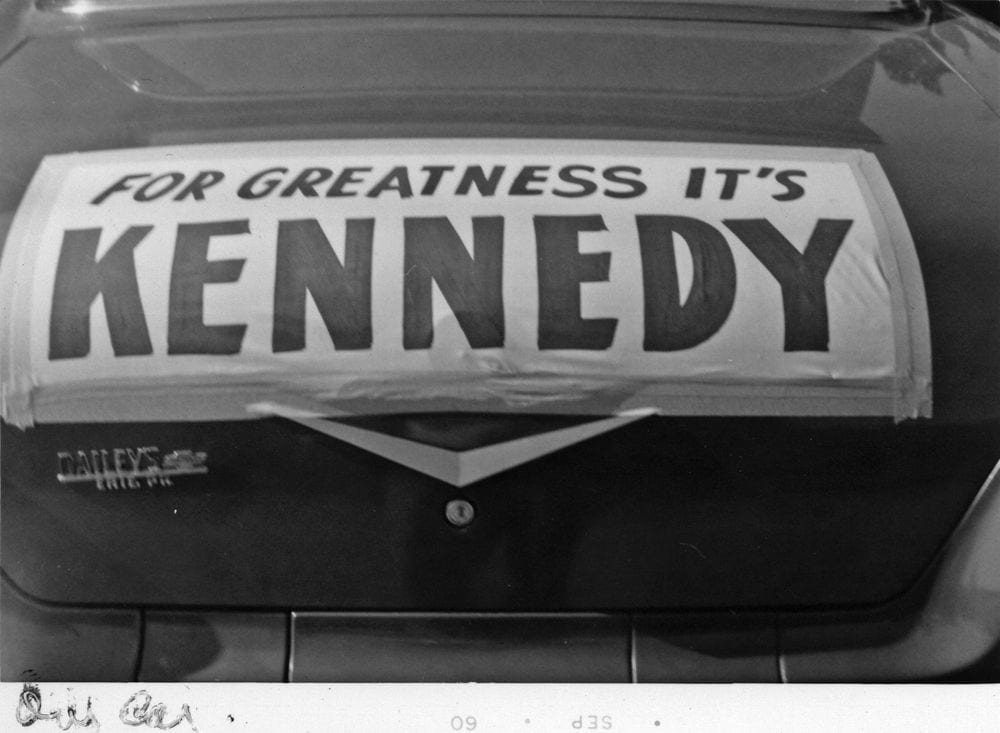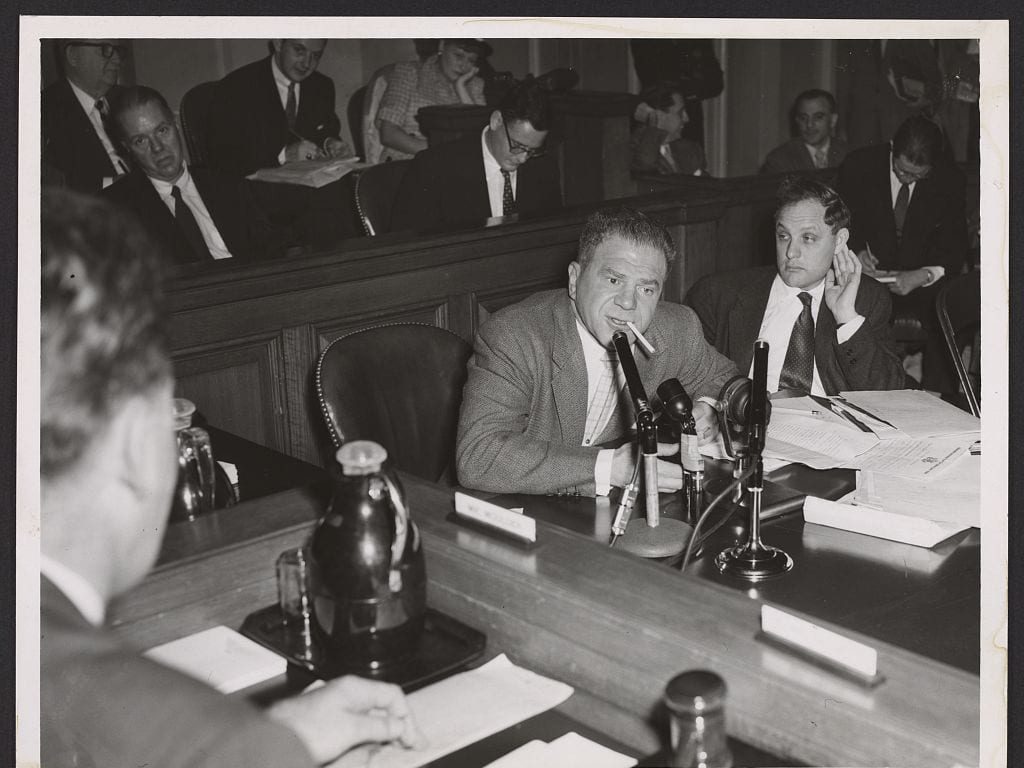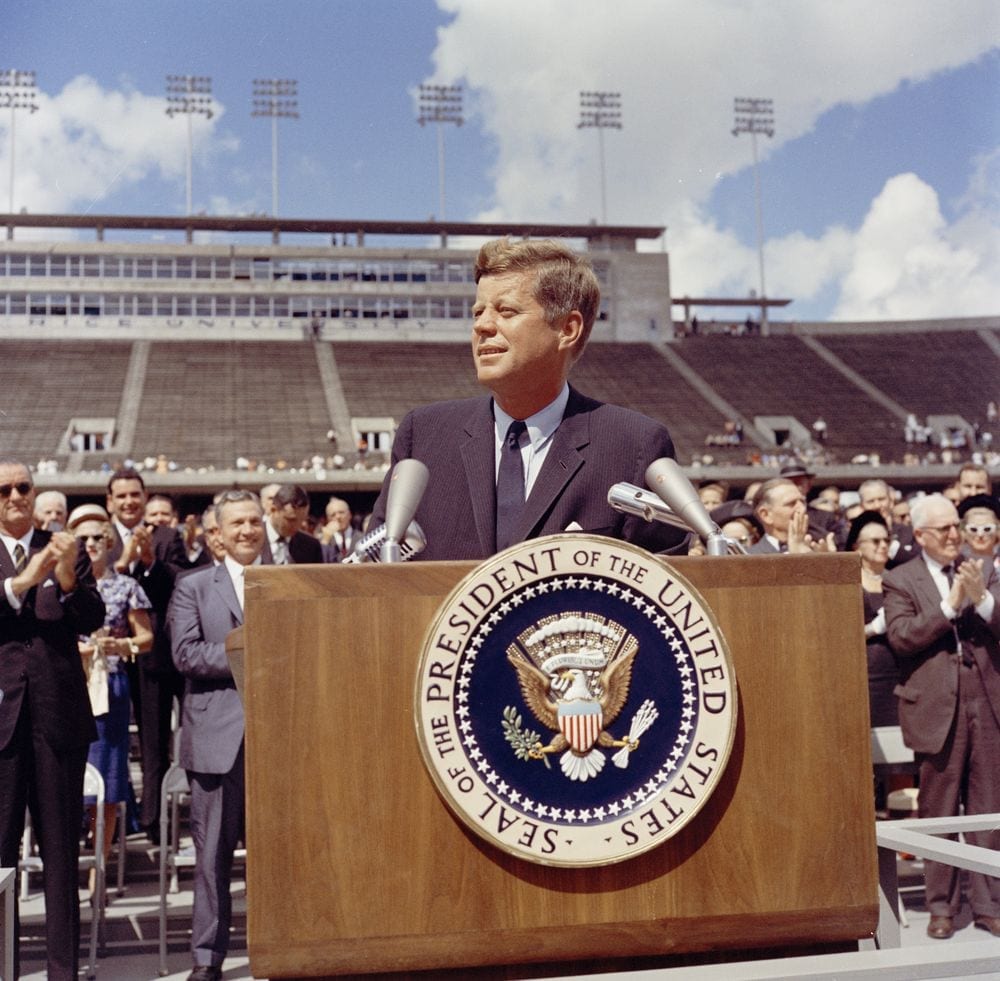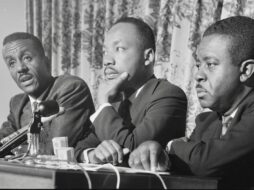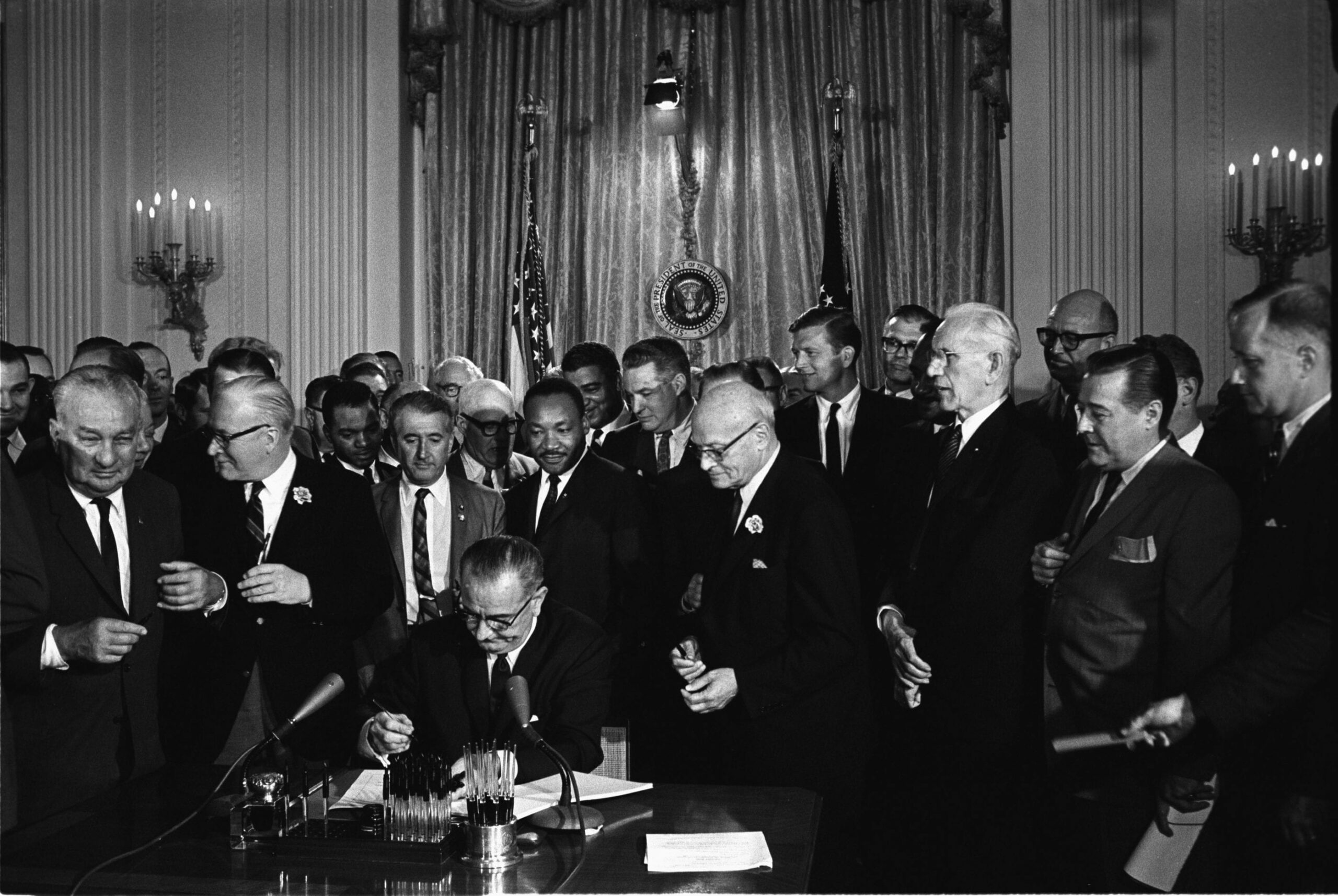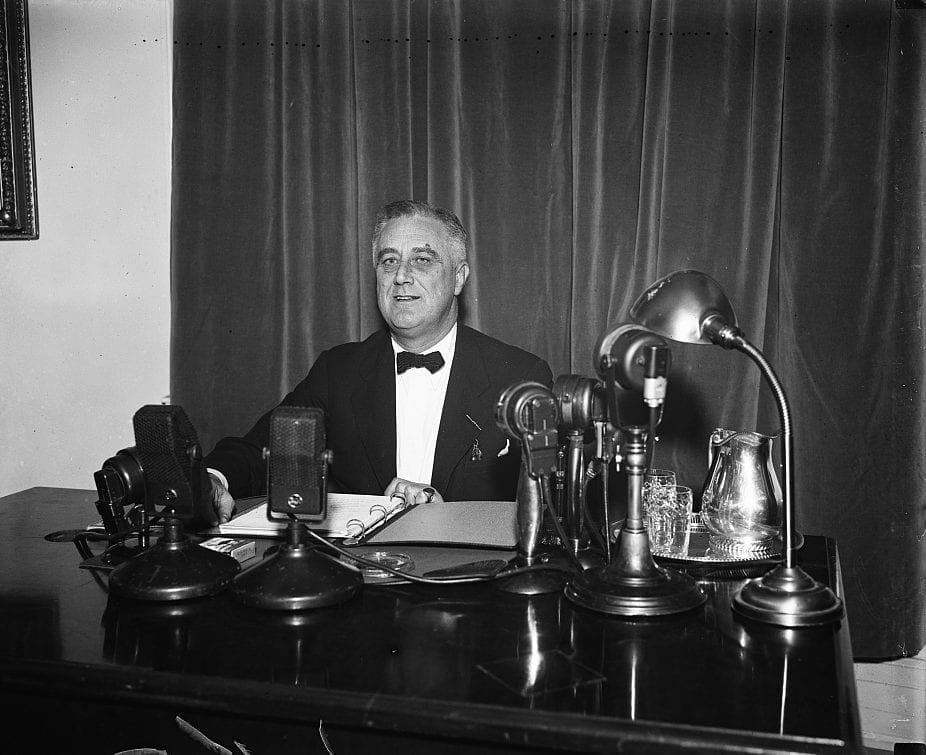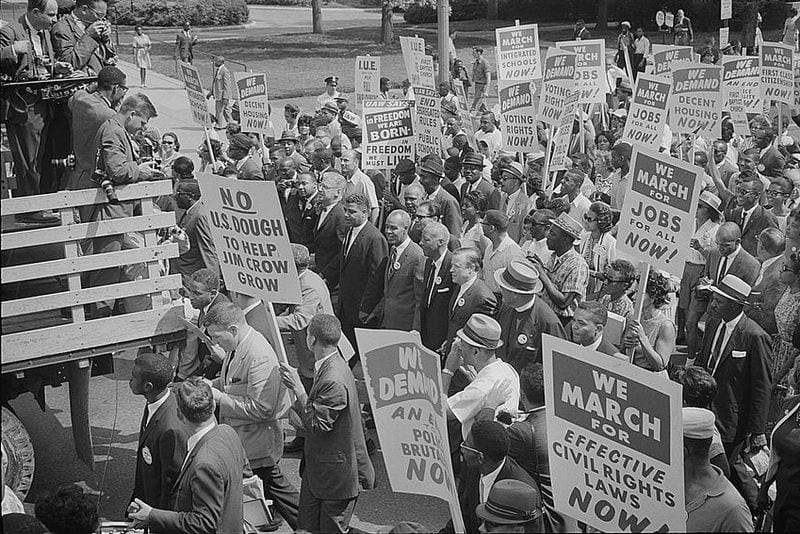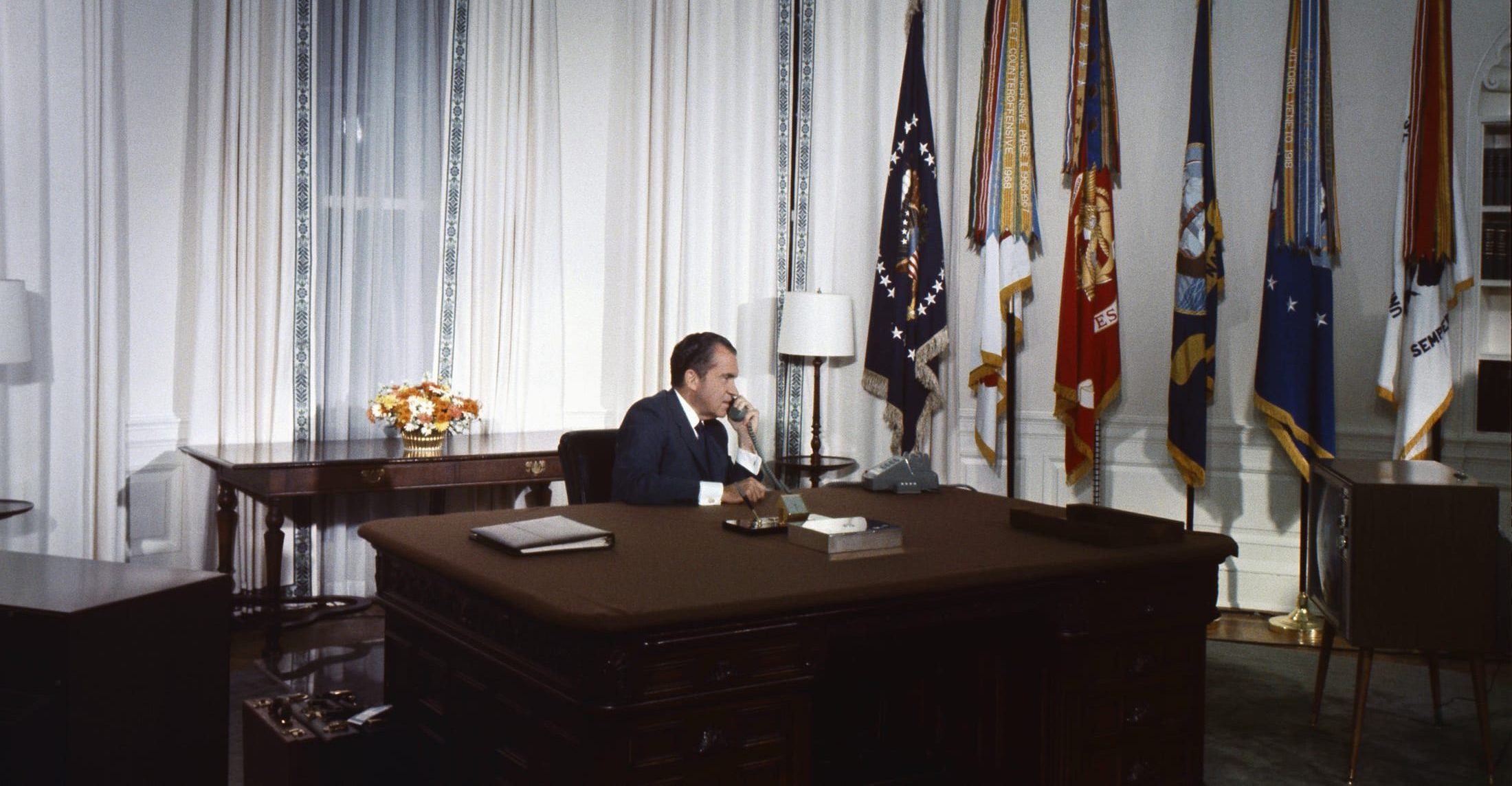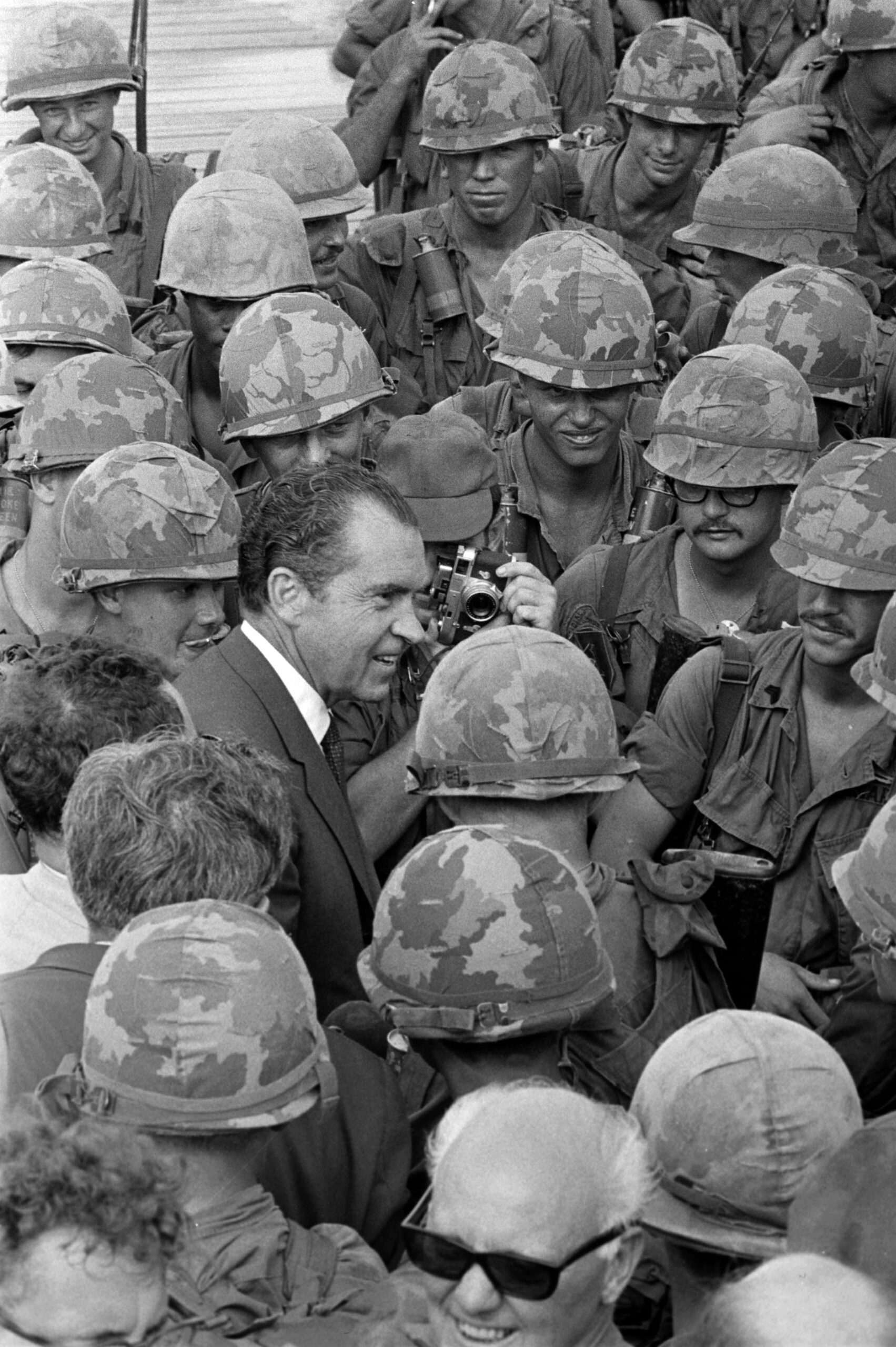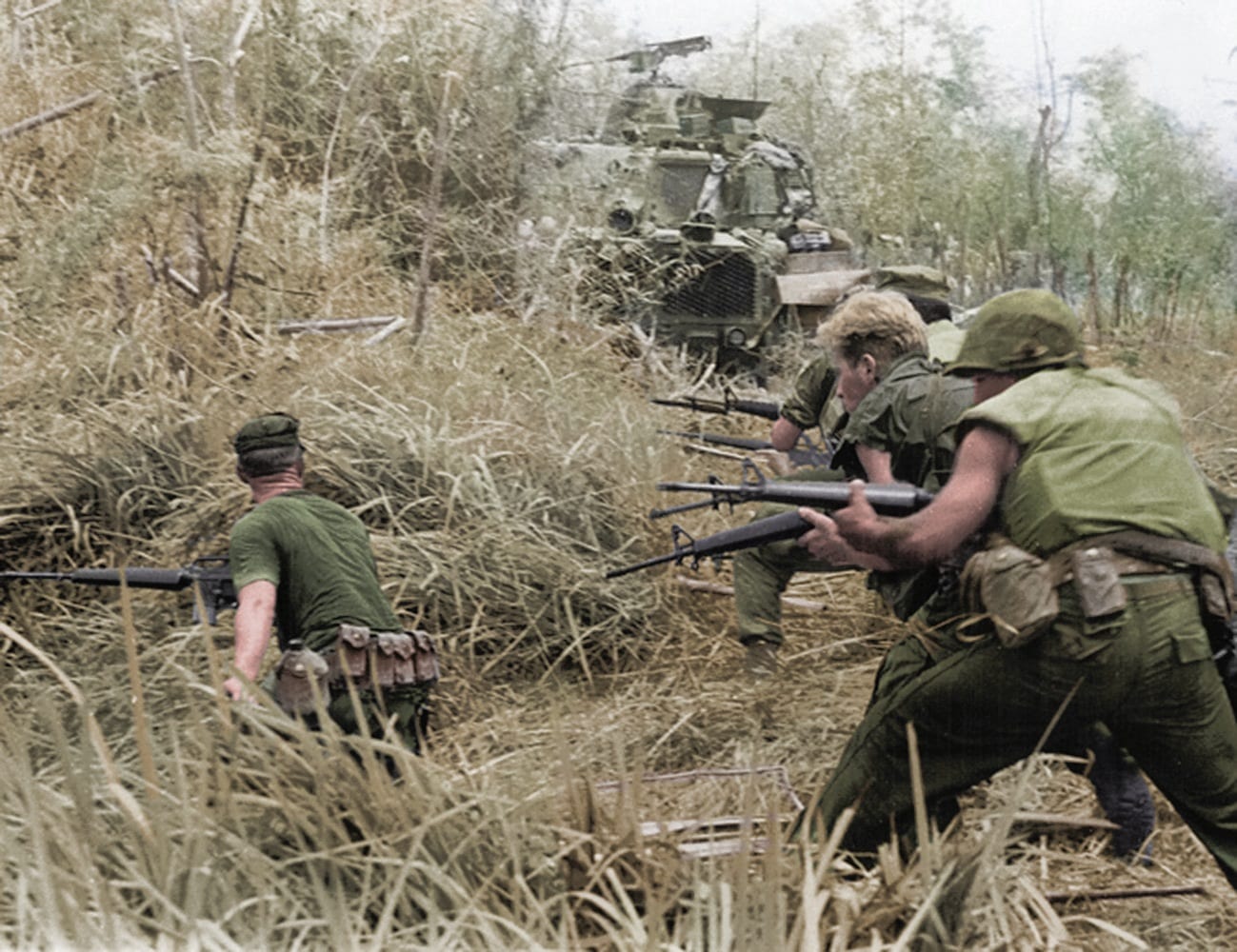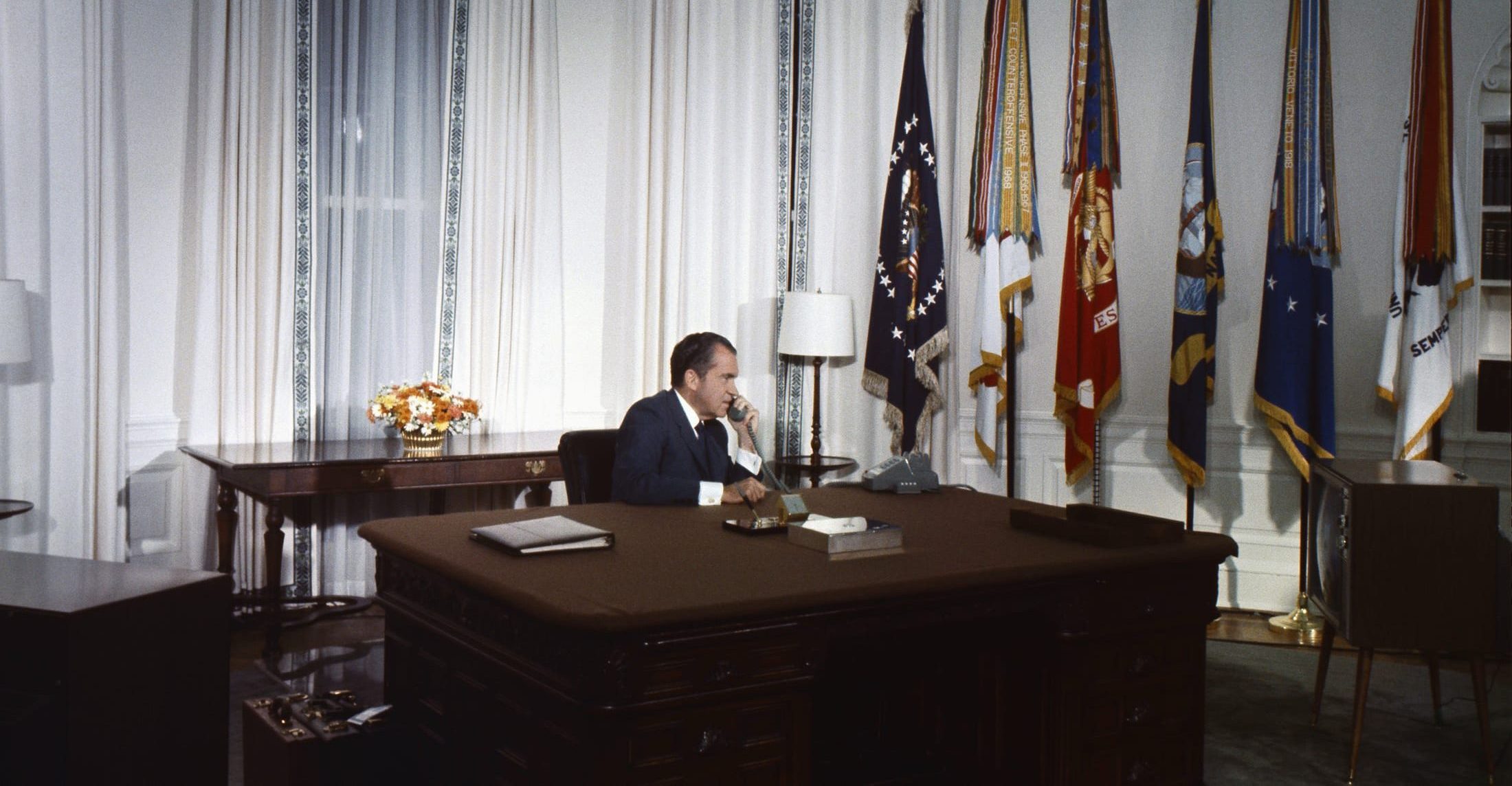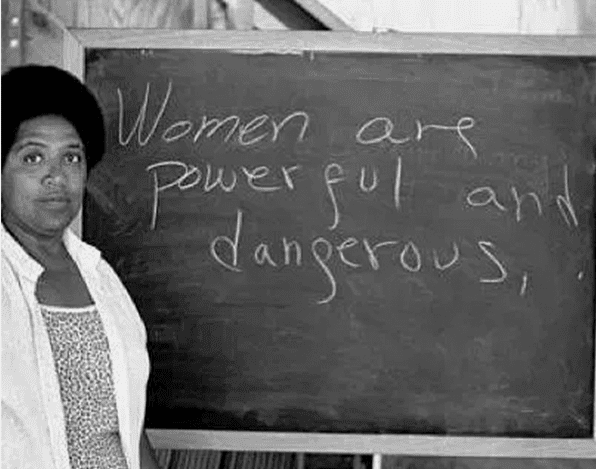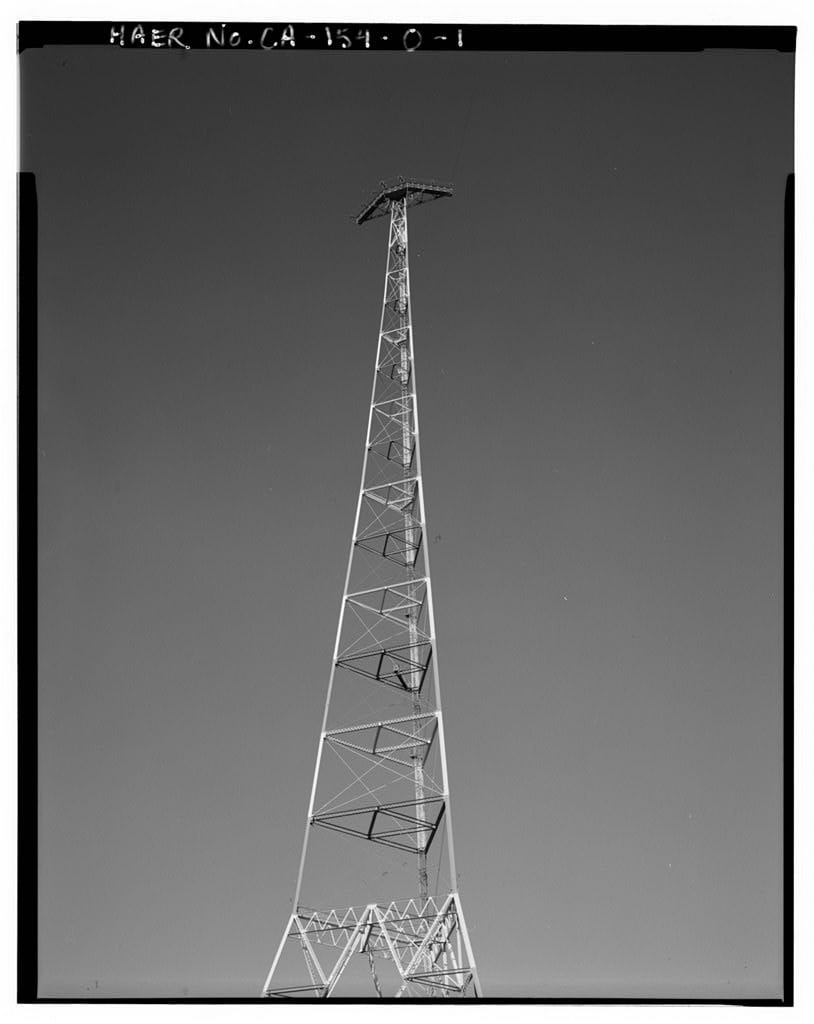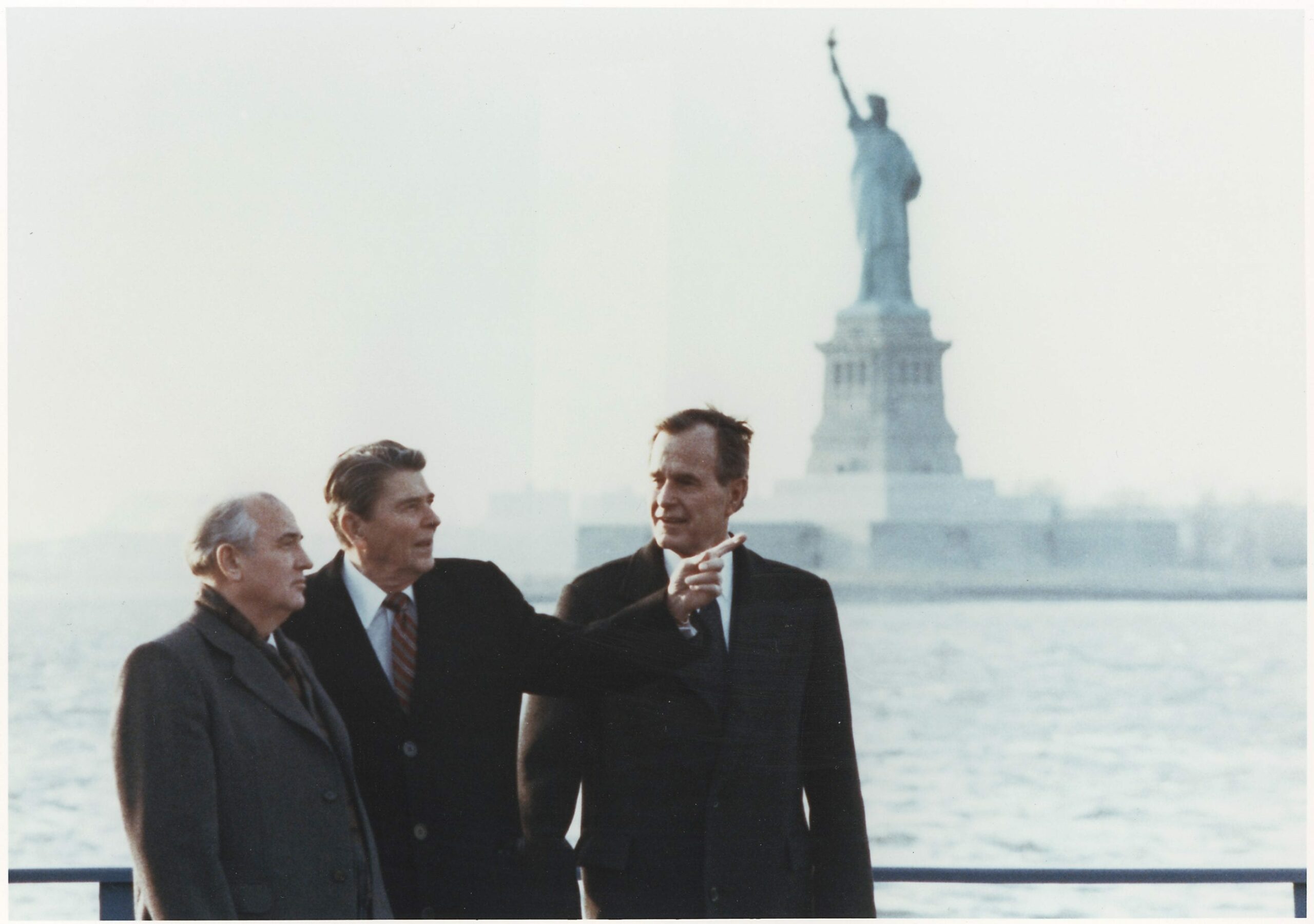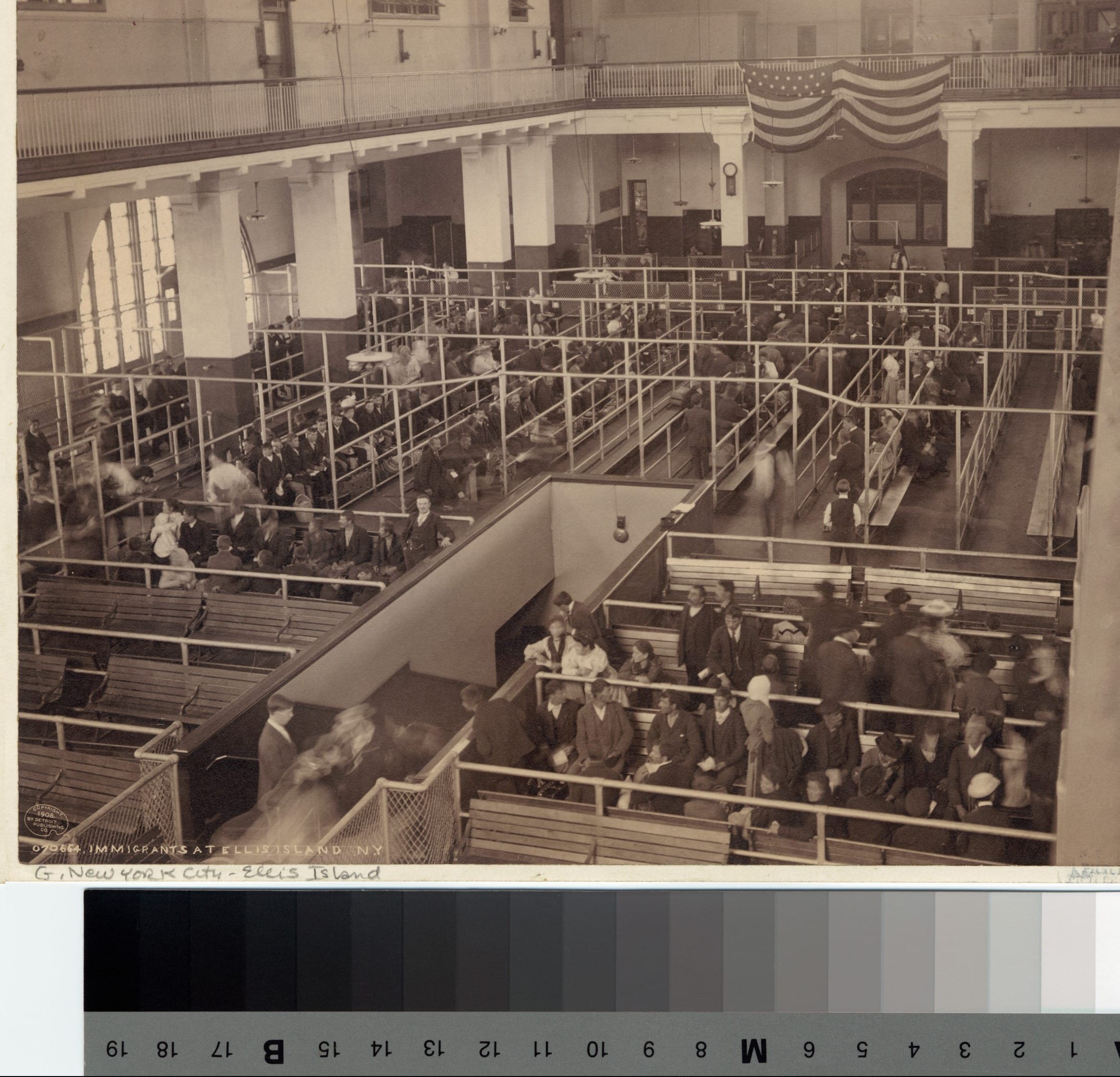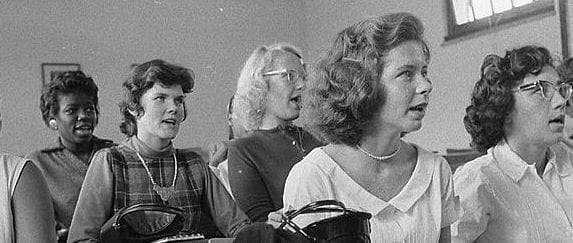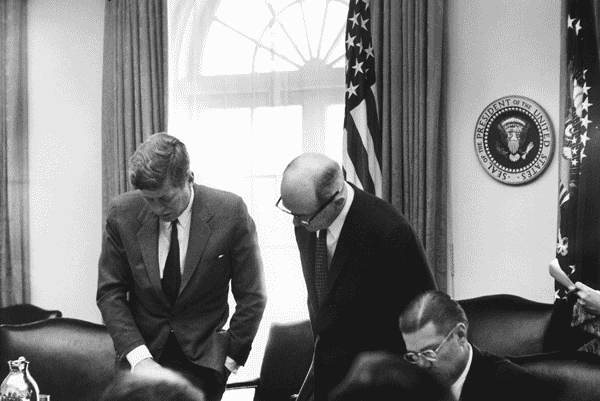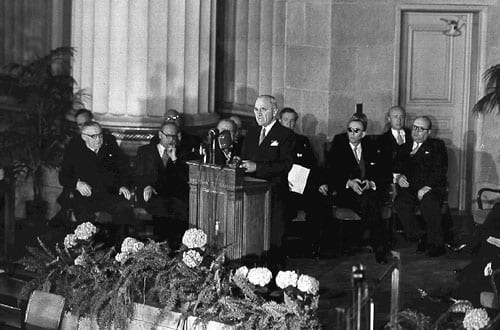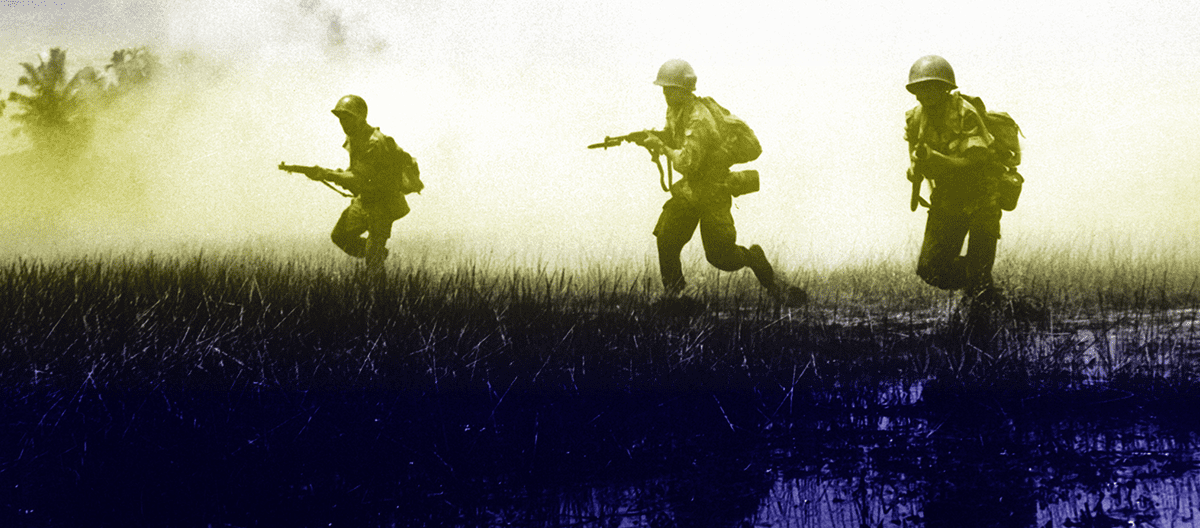


Introduction
Kwame Ture (1941–1998) was a civil rights activist and political organizer. Born in Jamaica and known as Stokely Carmichael until he changed his name in 1978, Ture participated in various civil rights activities in the early 1960s, including voter registration efforts and “freedom rides” to integrate interstate bus travel. After other political organizing efforts, some of which failed to achieve all that he and others hoped for, he became disillusioned with the methods of the civil rights movement, including cooperation with white liberals and non-violence, as well as its objective, integration. After his release from jail following his arrest during a march in Mississippi in 1966, Carmichael gave a speech to a small crowd in which he invoked “Black Power.” The crowd responded well to his remarks and the term, which he did not invent, gained currency, although it appeared to mean different things to different people. In order to explain what it should mean, Carmichael wrote a book about it with political scientist Charles Hamilton (1929– ).
In his speech announcing what he thought should be the next phase of the civil rights movement, President Lyndon Johnson presented the post-World War II anti-colonial revolution approvingly and as an extension of the American revolution. He also promised the U. S. government would continue helping African Americans. Ture and Hamilton claimed the revolution on behalf of African Americans, and insisted that any help would be given on their terms. To a striking degree, the language they used to explain black power—institutional racism, oppression, identity and self-definition, community control—remain, along with terms introduced in “Combahee River Collective Statement”, the terms of contemporary debate. In both cases, language once considered marginal and even shocking became commonplace and mainstream.
Source: Kwame Ture and Charles V. Hamilton, Black Power: The Politics of Liberation (New York: Vintage Books, 1967), 3–5, 25, 30–31, 34–35, 37–38, 40–43, 44–45, 47–48, 49, 50, 52, 184–185. All emphasis in the original. All footnotes supplied by the editor. Copyright © 1967 by Stokely Carmichael and Charles V. Hamilton. Used by permission of Random House, an imprint and division of Penguin Random House LLC. All Rights reserved.
Chapter One | White Power: The Colonial Situation
What is racism? The word has represented daily reality to millions of black people for centuries, yet it is rarely defined—perhaps just because that reality has been such a commonplace. By “racism” we mean the predication of decisions and policies on considerations of race for the purpose of subordinating a racial group and maintaining control over that group. That has been the practice of this country toward the black man; we shall see why and how.
Racism is both overt and covert. It takes two, closely related forms: individual whites acting against individual blacks, and acts by the total white community against the black community. We call these individual racism and institutional racism. The first consists of overt acts by individuals, which cause death, injury or the violent destruction of property. This type can be recorded by television cameras; it can frequently be observed in the process of commission. The second type is less overt, far more subtle, less identifiable in terms of specific individuals committing the acts. But it is no less destructive of human life. The second type originates in the operation of established and respected forces in the society, and thus receives far less public condemnation than the first type.
When white terrorists bomb a black church and kill five black children, that is an act of individual racism, widely deplored by most segments of the society.[1] But when in that same city—Birmingham, Alabama—five hundred black babies die each year because of the lack of proper food, shelter and medical facilities, and thousands more are destroyed and maimed physically, emotionally and intellectually because of conditions of poverty and discrimination in the black community, that is a function of institutional racism. When a black family moves into a home in a white neighborhood and is stoned, burned or routed out, they are victims of an overt act of individual racism which many people will condemn—at least in words. But it is institutional racism that keeps black people locked in dilapidated slum tenements, subject to the daily prey of exploitative slumlords, merchants, loan sharks and discriminatory real estate agents. The society either pretends it does not know of this latter situation, or is in fact incapable of doing anything meaningful about it. We shall examine the reasons for this in a moment.
Institutional racism relies on the active and pervasive operation of anti-black attitudes and practices. A sense of superior group position prevails: whites are “better” than blacks; therefore blacks should be subordinated to whites. This is a racist attitude and it permeates the society, on both the individual and institutional level, covertly and overtly.
“Respectable” individuals can absolve themselves from individual blame: they would never plant a bomb in a church; they would never stone a black family. But they continue to support political officials and institutions that would and do perpetuate institutionally racist policies. Thus acts of overt, individual racism may not typify the society, but institutional racism does—with the support of covert, individual attitudes of racism. . . .
The fact of slavery had to have profound impact on the subsequent attitudes of the larger society toward the black man. The fact of slavery helped to fix the sense of superior group position. Chief Justice Taney, in the Dred Scott decision of 1857, stated “… that they (black people) had no rights which the white man was bound to respect; and that the negro might justly and lawfully be reduced to slavery for his benefit.”[2] The emancipation of the slaves by legal act could certainly not erase such notions from the minds of racists. They believed in their superior status, not in paper documents. And that belief has persisted. When some people compare the black American to “other immigrant” groups in this country, they overlook the fact that slavery was peculiar to the blacks. No other minority group in this country was ever treated as legal property. . . .
In a manner similar to that of the colonial powers in Africa, American society indicates avenues of escape from the ghetto for those individuals who adapt to the “mainstream.” This adaptation means to disassociate oneself from the black race, its culture, community and heritage, and become immersed (dispersed is another term) in the white world. What actually happens, as Professor E. Franklin Frazier pointed out in his book, Black Bourgeoisie, is that the black person ceases to identify himself with black people yet is obviously unable to assimilate with whites.[3] He becomes a “marginal man,” living on the fringes of both societies in a world largely of “make believe.” This black person is urged to adopt American middle-class standards and values. As with the black African who had to become a “Frenchman” in order to be accepted, so to be an American, the black man must strive to become “white.” To the extent that he does, he is considered “well adjusted”—one who has “risen above the race question.” These people are frequently held up by the white Establishment as living examples of the progress being made by the society in solving the race problem. Suffice it to say that precisely because they are required to denounce—overtly or covertly—their black race, they are reinforcing racism in this country.
In the United States, as in Africa, their “adaptation” operated to deprive the black community of its potential skills and brain power. All too frequently, these “integrated” people are used to blunt the true feelings and goals of the black masses. They are picked as “Negro leaders,” and the white power structure proceeds to talk to and deal only with them. Needless to say, no fruitful, meaningful dialogue can take place under such circumstances. Those hand-picked “leaders” have no viable constituency for which they can speak and act. All this is a classic formula of colonial co-optation.
At all times, then, the social effects of colonialism are to degrade and to dehumanize the subjected black man. White America’s School of Slavery and Segregation, like the School of Colonialism, has taught the subject to hate himself and to deny his own humanity. The white society maintains an attitude of superiority and the black community has too often succumbed to it, thereby permitting the whites to believe in the correctness of their position. Racist assumptions of white superiority have been so deeply engrained into the fiber of the society that they infuse the entire functioning of the national subconscious. They are taken for granted and frequently not even recognized. . . .
Chapter Two | Black Power: Its Need and Substance
“To carve out a place for itself in the politico-social order,” V. O. Key, Jr. wrote in Politics, Parties and Pressure Groups, “a new group may have to fight for reorientation of many of the values of the old order” (p. 57). This is especially true when that group is composed of black people in the American society—a society that has for centuries deliberately and systematically excluded them from political participation. Black people in the United States must raise hard questions, questions which challenge the very nature of the society itself: its long-standing values, beliefs and institutions.
To do this, we must first redefine ourselves. Our basic need is to reclaim our history and our identity from what must be called cultural terrorism, from the depredation of self-justifying white guilt. We shall have to struggle for the right to create our own terms through which to define ourselves and our relationship to the society, and to have these terms recognized. This is the first necessity of a free people, and the first right that any oppressor must suspend. . . .
Today, the American educational system continues to reinforce the entrenched values of the society through the use of words. Few people in this country question that this is “the land of the free and the home of the brave.” They have had these words drummed into them from childhood. Few people question that this is the “Great Society” or that this country is fighting “Communist aggression” around the world. We mouth these things over and over, and they become truisms not to be questioned. In a similar way, black people have been saddled with epithets.
“Integration” is another current example of a word which has been defined according to the way white Americans see it. To many of them, it means black men wanting to marry white daughters; it means “race mixing”—implying bed or dance partners. To black people, it has meant a way to improve their lives—economically and politically. But the predominant white definition has stuck in the minds of too many people.
Black people must redefine themselves, and only they can do that. Throughout this country, vast segments of the black communities are beginning to recognize the need to assert their own definitions, to reclaim their history, their culture; to create their own sense of community and togetherness. There is a growing resentment of the word “Negro,” for example, because this term is the invention of our oppressor; it is his image of us that he describes. Many blacks are now calling themselves African-Americans, Afro-Americans or black people because that is our image of ourselves. When we begin to define our own image, the stereotypes—that is, lies—that our oppressor has developed will begin in the white community and end there. The black community will have a positive image of itself that it has created. This means we will no longer call ourselves lazy, apathetic, dumb, good-timers, shiftless, etc. Those are words used by white America to define us. If we accept these adjectives, as some of us have in the past, then we see ourselves only in a negative way, precisely the way white America wants us to see ourselves. Our incentive is broken and our will to fight is surrendered. From now on we shall view ourselves as African-Americans and as black people who are in fact energetic, determined, intelligent, beautiful and peace-loving. . . .
The values of this society support a racist system; we find it incongruous to ask black people to adopt and support most of those values. We also reject the assumption that the basic institutions of this society must be preserved. The goal of black people must not be to assimilate into middle-class America, for that class—as a whole—is without a viable conscience as regards humanity. The values of the middle class permit the perpetuation of the ravages of the black community. The values of that class are based on material aggrandizement, not the expansion of humanity. The values of that class ultimately support cloistered little closed societies tucked away neatly in tree-lined suburbia. The values of that class do not lead to the creation of an open society. That class mouths its preference for a free, competitive society, while at the same time forcefully and even viciously denying to black people as a group the opportunity to compete.
We are not unmindful of other descriptions of the social utility of the middle class. . . .
But this same middle class manifests a sense of superior group position in regard to race. This class wants “good government” for themselves; it wants good schools for its children. At the same time, many of its members sneak into the black community by day, exploit it, and take the money home to their middle-class communities at night to support their operas and art galleries and comfortable homes. When not actually robbing, they will fight off the handful of more affluent black people who seek to move in; when they approve or even seek token integration, it applies only to black people like themselves—as “white” as possible. This class is the backbone of institutional racism in this country.
Thus we reject the goal of assimilation into middle-class America because the values of that class are in themselves anti-humanist and because that class as a social force perpetuates racism. We must face the fact that, in the past, what we have called the movement has not really questioned the middle-class values and institutions of this country. If anything, it has accepted those values and institutions without fully realizing their racist nature. Reorientation means an emphasis on the dignity of man, not on the sanctity of property. It means the creation of a society where human misery and poverty are repugnant to that society, not an indication of laziness or lack of initiative. The creation of new values means the establishment of a society based . . . on “free people,” not “free enterprise.” To do this means to modernize—indeed, to civilize—this country.[4]
Supporting the old values are old political and economic structures; these must also be “modernized.” We should at this point distinguish between “structures” and “system.” By system, we have in mind the entire American complex of basic institutions, values, beliefs, etc. By structures, we mean the specific institutions (political parties, interest groups, bureaucratic administrations) which exist to conduct the business of that system. Obviously, the first is broader than the second. Also, the second assumes the legitimacy of the first. Our view is that, given the illegitimacy of the system, we cannot then proceed to transform that system with existing structures. . . .
Existing structures and established ways of doing things have a way of perpetuating themselves and for this reason, the modernizing process will be difficult. Therefore, timidity in calling into question the boards of education or the police departments will not do. They must be challenged forcefully and clearly. If this means the creation of parallel community institutions, then that must be the solution. If this means that black parents must gain control over the operation of the schools in the black community, then that must be the solution. The search for new forms means the search for institutions that will, for once, make decisions in the interest of black people. It means, for example, a building inspection department that neither winks at violations of building codes by absentee slumlords nor imposes meaningless fines which permit them to continue their exploitation of the black community. . . .
The adoption of the concept of Black Power is one of the most legitimate and healthy developments in American politics and race relations in our time. The concept of Black Power speaks to all the needs mentioned in this chapter. It is a call for black people in this country to unite, to recognize their heritage, to build a sense of community. It is a call for black people to begin to define their own goals, to lead their own organizations and to support those organizations. It is a call to reject the racist institutions and values of this society.
The concept of Black Power rests on a fundamental premise: Before a group can enter the open society, it must first close ranks. By this we mean that group solidarity is necessary before a group can operate effectively from a bargaining position of strength in a pluralistic society. Traditionally, each new ethnic group in this society has found the route to social and political viability through the organization of its own institutions with which to represent its needs within the larger society. Studies in voting behavior specifically, and political behavior generally, have made it clear that politically the American pot has not melted. Italians vote for Rubino over O’Brien; Irish for Murphy over Goldberg, etc. This phenomenon may seem distasteful to some, but it has been and remains today a central fact of the American political system. . . .
The point is obvious: black people must lead and run their own organizations. Only black people can convey the revolutionary idea—and it is a revolutionary idea—that black people are able to do things themselves. Only they can help create in the community an aroused and continuing black consciousness that will provide the basis for political strength. In the past, white allies have often furthered white supremacy without the whites involved realizing it, or even wanting to do so. Black people must come together and do things for themselves. They must achieve self-identity and self-determination in order to have their daily needs met. . . .
Black Power recognizes—it must recognize—the ethnic basis of American politics as well as the power-oriented nature of American politics. Black Power therefore calls for black people to consolidate behind their own, so that they can bargain from a position of strength. But while we endorse the procedure of group solidarity and identity for the purpose of attaining certain goals in the body politic, this does not mean that black people should strive for the same kind of rewards (i.e., end results) obtained by the white society. The ultimate values and goals are not domination or exploitation of other groups, but rather an effective share in the total power of the society.
Nevertheless, some observers have labeled those who advocate Black Power as racists; they have said that the call for self-identification and self-determination is “racism in reverse” or “black supremacy.” This is a deliberate and absurd lie. There is no analogy—by any stretch of definition or imagination—between the advocates of Black Power and white racists. Racism is not merely exclusion on the basis of race but exclusion for the purpose of subjugating or maintaining subjugation. The goal of the racists is to keep black people on the bottom, arbitrarily and dictatorially, as they have done in this country for over three hundred years. The goal of black self-determination and black self-identity—Black Power—is full participation in the decision-making processes affecting the lives of black people, and recognition of the virtues in themselves as black people. The black people of this country have not lynched whites, bombed their churches, murdered their children and manipulated laws and institutions to maintain oppression. White racists have. Congressional laws, one after the other, have not been necessary to stop black people from oppressing others and denying others the full enjoyment of their rights. White racists have made such laws necessary. The goal of Black Power is positive and functional to a free and viable society. No white racist can make this claim. . . .
In the end, we cannot and shall not offer any guarantees that Black Power, if achieved, would be non-racist. No one can predict human behavior. Social change always has unanticipated consequences. If black racism is what the larger society fears, we cannot help them. We can only state what we hope will be the result, given the fact that the present situation is unacceptable and that we have no real alternative but to work for Black Power. The final truth is that the white society is not entitled to reassurances, even if it were possible to offer them. . . .
One of the tragedies of the struggle against racism is that up to this point there has been no national organization which could speak to the growing militancy of young black people in the urban ghettos and the black-belt South. There has been only a “civil rights” movement, whose tone of voice was adapted to an audience of middle-class whites. It served as a sort of buffer zone between that audience and angry young blacks. It claimed to speak for the needs of a community, but it did not speak in the tone of that community. None of its so-called leaders could go into a rioting community and be listened to. In a sense, the blame must be shared—along with the mass media—by those leaders for what happened in Watts, Harlem, Chicago, Cleveland and other places. Each time the black people in those cities saw Dr. Martin Luther King get slapped they became angry. When they saw little black girls bombed to death in a church and civil rights workers ambushed and murdered, they were angrier; and when nothing happened, they were steaming mad. We had nothing to offer that they could see, except to go out and be beaten again. We helped to build their frustration. . . .
A key phrase in our buffer-zone days was non-violence. For years it has been thought that black people would not literally fight for their lives. Why this has been so is not entirely clear; neither the larger society nor black people are noted for passivity. The notion apparently stems from the years of marches and demonstrations and sit-ins where black people did not strike back and the violence always came from white mobs. There are many who still sincerely believe in that approach. From our viewpoint, rampaging white mobs and white night-riders must be made to understand that their days of free head-whipping are over. Black people should and must fight back. Nothing more quickly repels someone bent on destroying you than the unequivocal message: “O.K., fool, make your move, and run the same risk I run—of dying.”. . .
Afterword | “T. C. B.”
It is difficult, if not impossible, for white America, or for those blacks who want to be like white America, to understand this basically revolutionary mentality. But in the final analysis, white America would save itself a lot of trouble if it did try to understand and to come to terms with this new black-oriented mentality. Because one thing stands clear: whatever the consequences, there is a growing—a rapidly growing—body of black people determined to “T.C.B.”—take care of business. They will not be stopped in their drive to achieve dignity, to achieve their share of power, indeed, to become their own men and women—in this time and in this land—by whatever means necessary.
- 1. On September 15, 1963, four young girls were killed when four members of the Ku Klux Klan bombed a Baptist church in Birmingham, Alabama.
- 2. Roger Taney, John McLean, and Benjamin R. Curtis, Dred Scott v. Sandford.
- 3. E. Franklin Frazier (1894–1962) was an American sociologist who wrote on the Black family and race relations in the United States. His work was an important source for the arguments about African American families made by Daniel Patrick Moynihan. Black Bourgeoisie appeared in 1957.
- 4. Ture and Hamilton apply to the United States a term and theory that was commonly applied to poor or developing countries, often former colonies of European powers, by social scientists in the 1950s and 1960s. Modernization theory held that societies moved through stages toward a modern form characterized by industrialization, urbanization, rationalization, democracy and increasing wealth. The theory was in some respects a social science version of the nineteenth century view that Europe but not its colonies was civilized.
Black Power
December 31, 1967
Conversation-based seminars for collegial PD, one-day and multi-day seminars, graduate credit seminars (MA degree), online and in-person.

